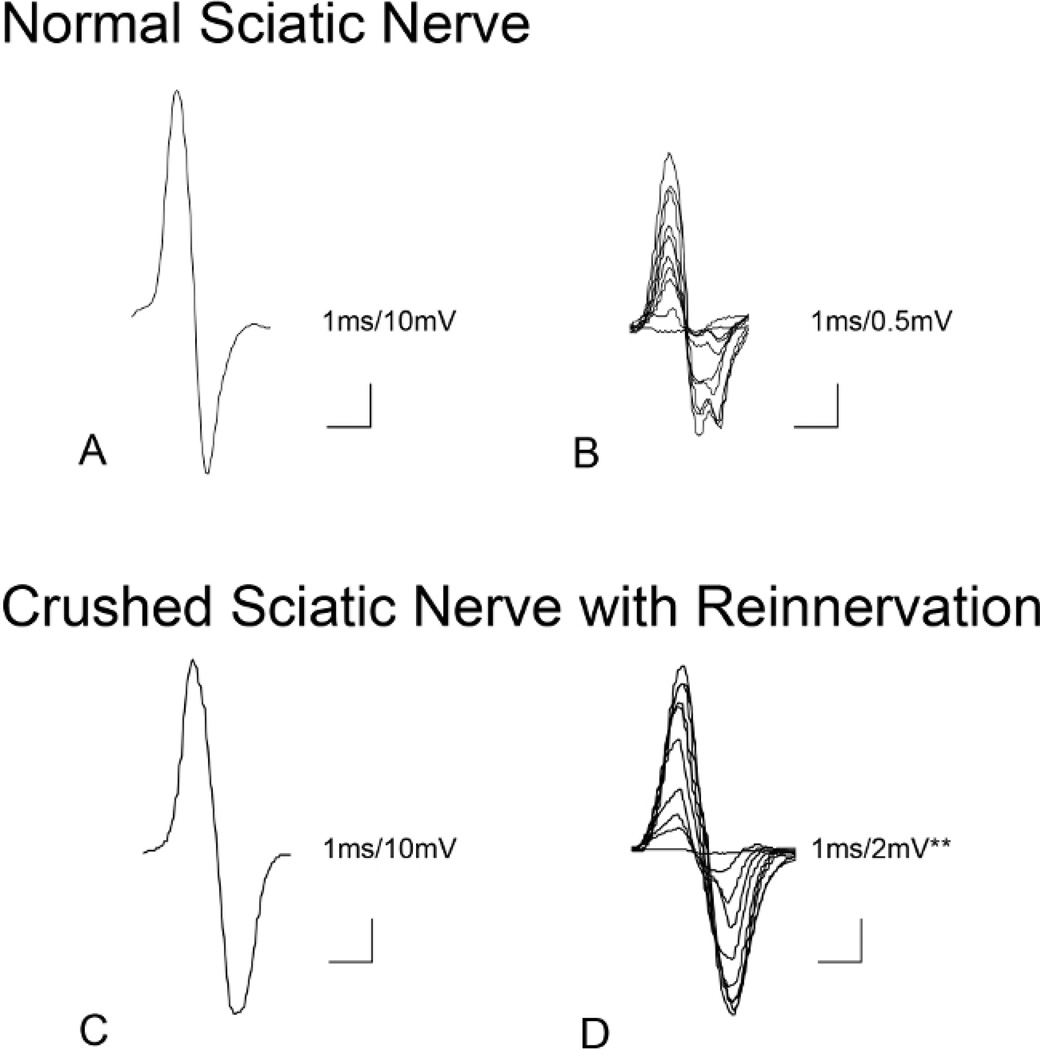Figure 4. Example Sciatic CMAP and MUNE.
(A) Sciatic compound muscle action potential (CMAP) in an adult (6 months of age) control mouse with baseline-to-peak amplitude of 49.0 mV and peak-to-peak amplitude of 84.2 mV. Screen sensitivity=10 mV per division and screen duration 10 ms. (B) Ten corresponding incremental responses (in the control mouse) with total amplitude of 3.028 mV are divided by 10 to determine average SMUP size (0.3028 mV). Screen sensitivity=0.5 mV and sweep speed of 1 ms per division. Calculated MUNE=278 (MUNE=CMAP/average SMUP(84.2 mV/ 0.3028 mV)) (C) Sciatic CMAP 11 weeks following sciatic nerve crush in an adult mouse (6 months of age) showing mildly reduced baseline-to-peak amplitude (39.6 mV) and peak-to-peak amplitude (74.9 mV). Screen sensitivity=10 mV per division and sweep speed of 1 ms per division. (D) Ten corresponding incremental responses (in the mouse with nerve crush) with total peak–to–peak amplitude of 14.923 mV divided by 10 to obtain an average SMUP size of 1.4923 mV. Screen sensitivity=2 mV per division and a sweep speed of 1 ms per division. Calculated MUNE=50 (MUNE=CMAP/average SMUP (74.9 mV/1.4923 mV)). (**Note the different sensitivity for the incremental responses of the sciatic crush mouse).

